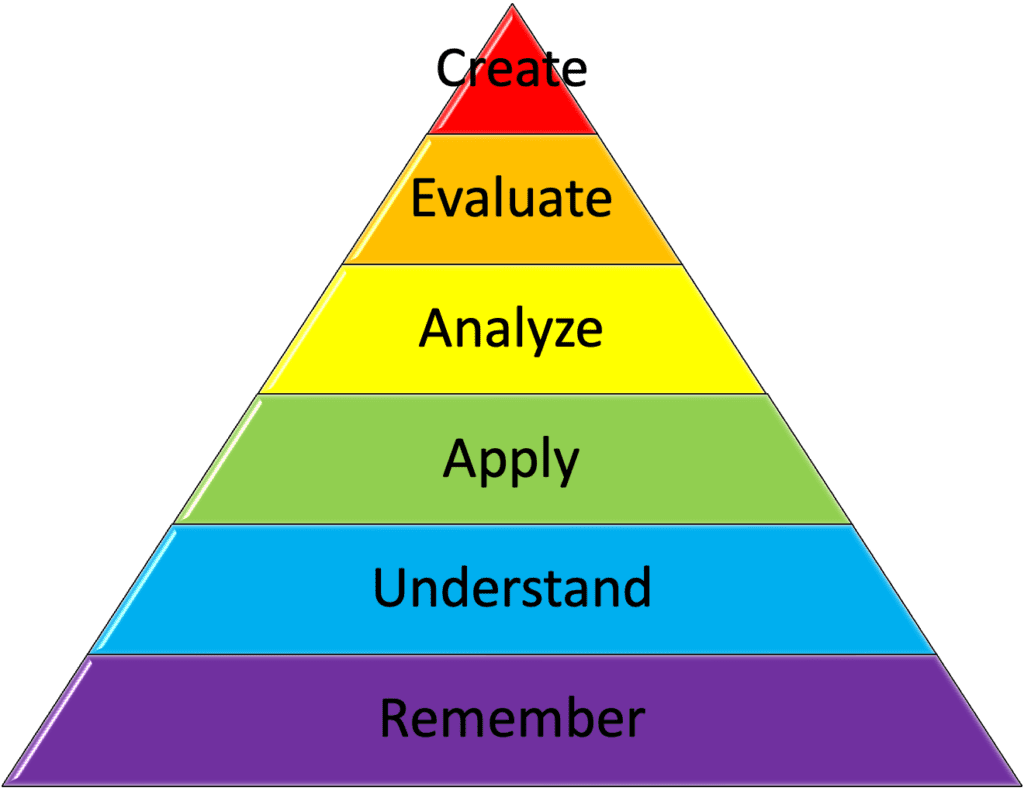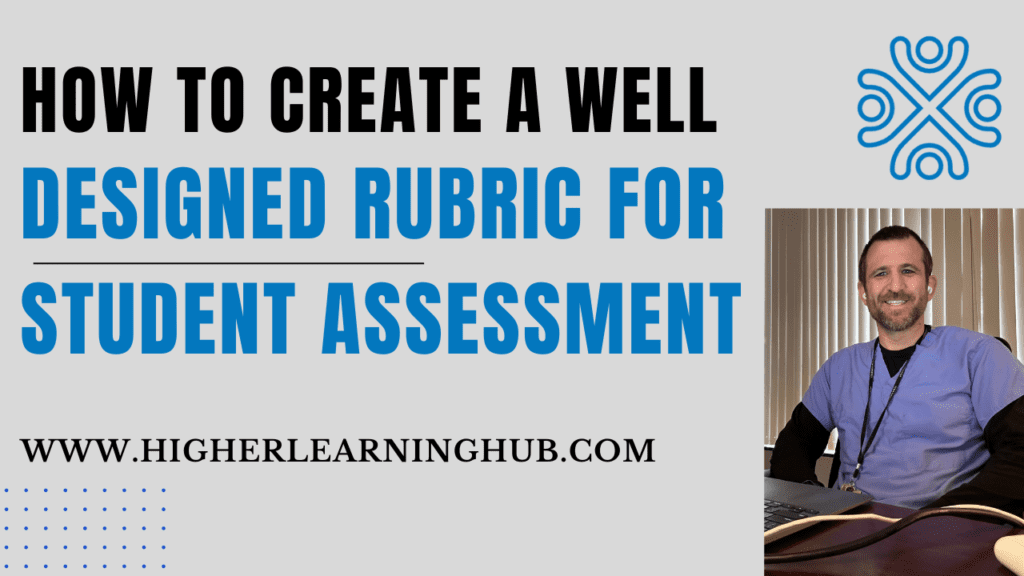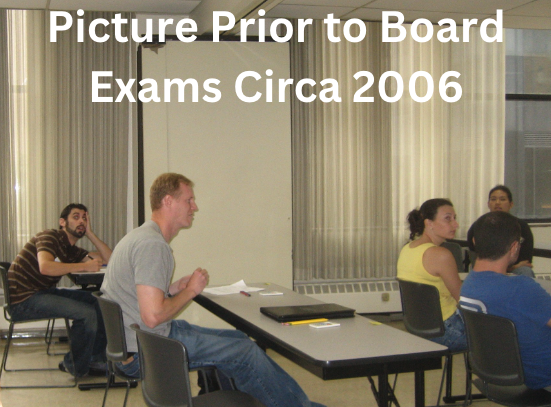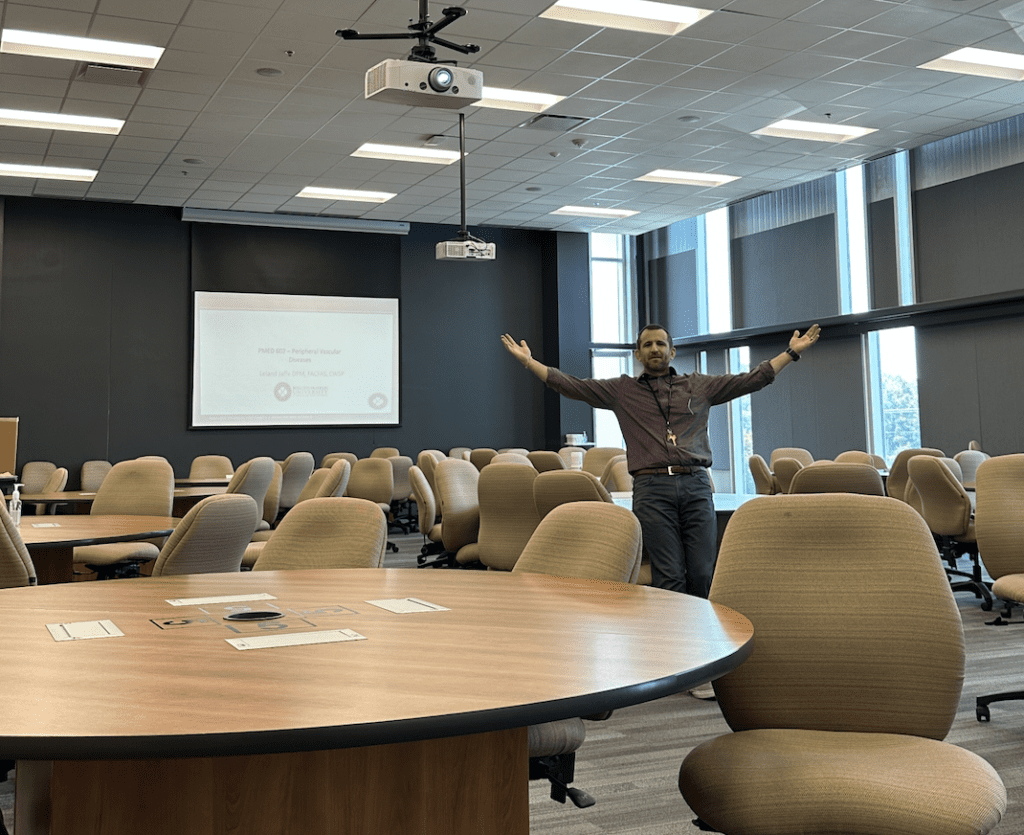Authored by Dr. Leland Jaffe, Associate Dean and Professor; Published on August 25, 2024
In today’s classrooms, mutual respect between teachers and students can make a huge difference. It not only helps create a productive learning environment but also nurtures trust and understanding. Respectful relationships lead to better communication and a stronger sense of community.
This blog post explores the top five activities that can boost this vital respect. By incorporating these activities, educators can foster an environment where everyone thrives. Ready to make your classroom a better place for both teachers and students? Let’s get started.
Understanding Mutual Respect in Education
Creating a respectful atmosphere in the classroom is key to success. Mutual respect between teachers and students is the foundation of a positive learning environment. This section explores mutual respect, why it’s important, and how it can positively impact learning outcomes.
Definition and Importance
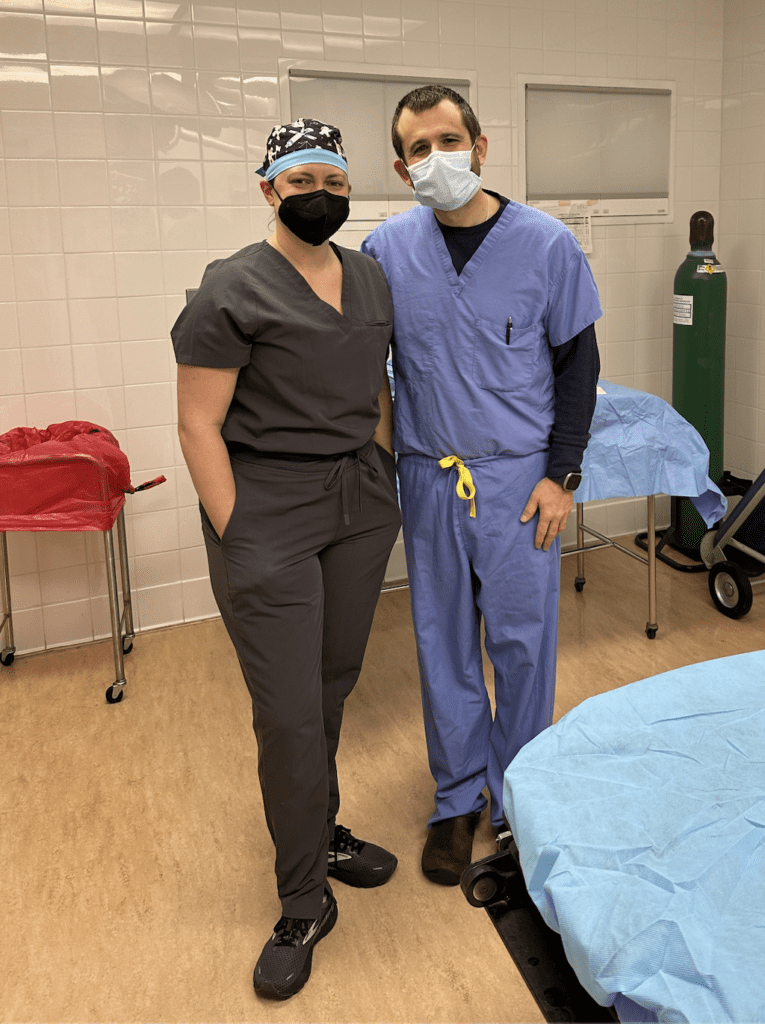

Mutual respect in education means that both teachers and students value each other’s opinions, feelings, and rights. It’s about recognizing each other as equals in the learning process. Respect doesn’t mean always agreeing, but it does mean listening and considering different viewpoints.
Why is this so important? A respectful classroom:
- Builds Trust: When students feel respected, they are more likely to trust their teachers. Trust leads to open communication, which is vital for effective learning.
- Encourages Participation: Respect makes students more willing to participate in discussions and activities. They feel safe to share their thoughts without fear of ridicule.
- Promotes Positive Behavior: When respect is mutual, students are more likely to follow classroom rules and behave well.
Impact on Learning Outcomes
Mutual respect can greatly enhance the overall learning experience. Here are some key impacts:
- Better Student Engagement:
- Students who feel respected are more engaged in their studies. They are more likely to attend classes, participate actively, and complete assignments on time.
- Higher Academic Achievement:
- Respectful relationships motivate students to work harder and achieve more. They feel a sense of responsibility to meet the high expectations set by their teachers.
- Improved Teacher Satisfaction:
- Teachers who feel respected by their students enjoy their work more. This satisfaction can boost their enthusiasm and effectiveness in the classroom.
- Enhanced Communication:
- Open lines of communication make it easier to address misunderstandings and solve problems. It creates a collaborative environment where both teacher and student voices are heard.
- Positive Classroom Environment:
- A respectful atmosphere reduces anxiety and stress. Students can focus better on their learning without distractions from negative behavior or conflicts.
Imagine a classroom where everyone feels valued and heard. That’s the power of mutual respect. It sets the stage for a thriving educational experience where both teachers and students can excel.
Activity 1: Open Dialogues and Discussions
Open dialogues and discussions between students and teachers can create a bridge of understanding and respect. This activity encourages everyone to share and listen, making the classroom a place where everyone feels heard.
Setting Ground Rules
Setting clear ground rules is essential for fostering a respectful and productive environment. Without them, even the best intentions can spiral into chaos. Ground rules create a safe space where everyone knows what’s expected.
Here are some key points to consider:
- Define Respect: Start by clarifying what respect means. This includes listening without interrupting, valuing different viewpoints, and maintaining a positive tone.
- Turn-Taking: Establish rules for speaking and listening. For instance, use a talking stick or designate specific times for each person to speak.
- No Judgement: Ensure that everyone understands that all opinions are valid, even if they differ. This encourages open sharing without fear of being criticized.
- Confidentiality: Sometimes, sensitive topics may come up. Setting a rule about confidentiality can help students feel safe opening up.
When students know the ground rules, they’re more likely to participate respectfully, ensuring that discussions are productive and meaningful.
Encouraging Student Participation
Getting students to participate actively and respectfully can be challenging, but it’s crucial for mutual respect. There are several strategies that can help:
- Active Encouragement:
- Directly invite quieter students to share their thoughts. Sometimes a simple, “What do you think about this, Sarah?” can make a big difference.
- Small Group Discussions:
- Break the class into smaller groups where students might feel more comfortable sharing. This can lead to more voices being heard and valued. I have seen a huge improvement in participation with groups of 6-7 students as compared to 20-25 students.
- Use of Prompts:
- Provide prompts or questions in advance. This helps students gather their thoughts and feel prepared to contribute.
- Positive Reinforcement:
- Acknowledge and praise respectful participation. Statements like “I appreciate how you listened to your classmates” can reinforce positive behavior.
- Interactive Methods:
- Use interactive methods like debate teams, role-playing, or brainstorming sessions. These can make participation more engaging and less intimidating.
Emphasizing open dialogues and discussions with clear ground rules and active participation ensures that everyone in the classroom feels valued and heard. This fosters a respectful environment where both teachers and students can thrive.
Activity 2: Collaborative Projects
Collaborative projects are a fantastic way to foster mutual respect between teachers and students. Working together on a common goal helps everyone understand and appreciate each other’s strengths and efforts. Let’s dive into how these projects can be structured to maximize respect and collaboration.
Group Work Dynamics
Organizing groups effectively is key to promoting teamwork and respect. Here’s how to get it right:
- Diverse Grouping: Mix students with different skills, backgrounds, and perspectives. This diversity encourages students to value each other’s unique contributions.
- Clear Roles and Responsibilities: Assign specific roles to each group member, such as leader, researcher, or presenter. Clear roles help ensure everyone has a distinct responsibility, preventing any one student from dominating or feeling left out.
- Set Common Goals: Make sure each group has a clear, shared goal. When everyone works towards the same objective, it fosters collaboration and mutual respect.
- Encourage Open Communication: Teach students to communicate openly and respectfully. This includes listening to each other’s ideas, giving constructive feedback, and resolving conflicts amicably.
By setting up these dynamics, group work can become a powerful tool for building teamwork and respect.
Role of the Teacher
The teacher’s role in facilitating and monitoring collaborative projects is crucial to ensuring mutual respect. Here’s how teachers can make a difference:
- Guidance and Support: Offer guidance without micromanaging. Be available to help with problems but encourage students to find solutions themselves. This shows respect for their abilities and promotes independence.
- Monitor Interactions: Keep an eye on how students interact within their groups. Step in if you notice any disrespectful behavior or conflict. Address issues promptly to maintain a positive and respectful environment.
- Provide Feedback: Give constructive feedback on both the group’s progress and the collaboration process. Praise respectful and effective teamwork. Highlight areas for improvement in a manner that promotes growth and learning.
- Model Respectful Behavior: Be a role model of respect in your interactions with students and other teachers. Demonstrate the behavior you expect to see in your students.
Activity 3: Peer Teaching and Mentorship
Peer teaching and mentorship programs are powerful tools to foster mutual respect between teachers and students. These activities promote collaboration, empathy, and understanding by allowing students to learn from each other and seek guidance from more experienced peers. Let’s explore how to implement these practices successfully.
Implementing Peer Teaching
Implementing a successful peer teaching program requires careful planning and execution. Here are steps to ensure its success:
- Identify Suitable Subjects:
- Choose subjects or topics where peer teaching can be most effective. Subjects that involve problem-solving or hands-on activities are excellent candidates.
- Select Peer Teachers:
- Identify students who excel in the subject matter and possess good communication skills. Provide them with training on how to teach and interact with peers.
- Set Clear Objectives:
- Define what you want to achieve with peer teaching. Objectives could include improving understanding of a topic, developing social skills, or increasing engagement.
- Create Structured Sessions:
- Plan sessions with specific goals and activities. Ensure that peer teachers have a clear plan and resources to guide their teaching.
- Monitor Progress:
- Regularly check on the progress of peer teaching sessions. Offer feedback to both peer teachers and learners to ensure the program is effective.
- Encourage Reflection:
- Have peer teachers and learners reflect on their experiences. This helps identify areas for improvement and reinforces learning.
Here are some tips to make peer teaching even more successful:
- Promote Inclusivity: Ensure all students feel welcome to participate. Peer teaching should not only benefit the top achievers but also those who may need extra help.
- Empower Students: Allow peer teachers to feel a sense of ownership over their sessions. This empowerment builds their confidence and responsibility.
- Celebrate Success: Recognize and celebrate the achievements of both peer teachers and learners. Positive reinforcement encourages continued participation and effort.
Mentorship Programs
Mentorship programs create a support system that promotes mutual respect and growth among students and teachers. Here’s how mentorship can build a strong, respectful community:
- Pairing Mentors and Mentees:
- Pair students with mentors who can provide guidance and support. Consider factors such as interests, goals, and personalities when making matches.
- Define Roles and Responsibilities:
- Clarify what is expected from both mentors and mentees. This includes regular meetings, setting goals, and maintaining open communication.
- Provide Training:
- Offer training for mentors on how to provide effective support and guidance. This ensures that mentors feel prepared and confident in their roles.
- Foster Open Communication:
- Encourage mentors and mentees to communicate openly and honestly. Regular check-ins and feedback sessions can help strengthen their relationship.
- Encourage Mutual Learning:
- Emphasize that mentorship is a two-way street. Mentors can learn just as much from their mentees, fostering mutual respect where both parties benefit.
Benefits of mentorship programs include:
- Enhanced Learning and Growth: Mentees receive personalized guidance, which can help them overcome challenges and excel. Mentors gain new perspectives and develop leadership skills.
- Stronger Community Ties: Mentorship creates a sense of belonging and support within the school community. Students feel more connected and valued.
- Increased Confidence and Resilience: Both mentors and mentees build confidence through their interactions. They learn to trust their abilities and develop resilience in facing challenges.
- Respect and Empathy: By working closely together, mentors and mentees learn to respect and empathize with each other’s experiences and viewpoints.
Implementing peer teaching and mentorship programs requires effort and dedication, but the rewards of mutual respect and a supportive learning environment are well worth it. These activities build a classroom culture where everyone feels valued and empowered to succeed.
Activity 4: Cultural Exchange and Diversity Activities
Fostering mutual respect between teachers and students can be greatly enhanced through cultural exchange and diversity activities. These activities celebrate and value the unique backgrounds and experiences that each student brings to the classroom. By creating opportunities for students to share their cultures, educators can build an inclusive environment where everyone feels respected.
Celebrating Cultural Diversity
Celebrating cultural diversity in the classroom is a wonderful way to show that every student’s background is valued. Here are some activities that can help highlight and celebrate different cultures. By regularly celebrating cultural diversity, we create a classroom environment where students feel proud of their backgrounds and learn to respect the differences of others.
Inclusive Classroom Practices
Implementing inclusive practices is key to ensuring that every student feels valued and respected. Here’s how to make your classroom more inclusive:
- Culturally Relevant Curriculum:
- Integrate materials and content that reflect a variety of cultures and perspectives. This can include diverse authors, historical figures, and case studies. A curriculum that mirrors the diversity of the student body makes everyone feel represented.
- Respectful Communication:
- Teach and model respectful communication. Use inclusive language and encourage students to do the same. Make it clear that derogatory remarks and stereotypes are unacceptable.
- Bias-Free Environment:
- Create a classroom free from bias. Be mindful of cultural sensitivity and avoid making assumptions about students based on their backgrounds. Encourage students to share their experiences and listen actively.
- Flexible Learning Approaches:
- Recognize and accommodate different learning styles and needs. Provide various ways for students to engage with the material, such as visual aids, hands-on activities, and collaborative projects. Flexibility ensures that all students have the opportunity to succeed.
- Student-Led Discussions:
- Promote discussions led by students on topics related to culture and diversity. Allowing students to guide these conversations empowers them and fosters a sense of ownership in their learning.
- Celebrate All Holidays:
- Acknowledge and celebrate a range of holidays and cultural events. This not only recognizes the diversity within the classroom but also educates students about the importance of these occasions.
By implementing inclusive classroom practices, teachers can create a respectful and supportive learning environment. These practices demonstrate to students that their backgrounds are valued and that the classroom is a space where everyone belongs.
Activity 5: Respect and Empathy Workshops
Workshops on respect and empathy can help students and teachers understand each other better. These workshops aim to build the skills needed for mutual respect, such as active listening, understanding different perspectives, and showing empathy. Let’s explore how to design these workshops and measure their impact.
Designing Effective Workshops
Creating meaningful workshops requires careful planning. Here are some tips to make your workshops on respect and empathy effective:
- Identify Clear Objectives: Decide what you want to achieve. Are you aiming to improve communication, build empathy, or resolve conflicts? Clear goals help keep the workshop focused.
- Interactive Activities: Use activities that require active participation. Role-playing, group discussions, and collaborative tasks can make the workshop engaging. Interactive activities help participants practice respect and empathy in real-time.
- Real-Life Scenarios: Present scenarios that students and teachers might encounter. Discussing and solving real-life situations makes the workshop relevant and practical.
- Safe Environment: Ensure the workshop is a safe space where everyone feels comfortable sharing. Lay down ground rules about respect and confidentiality to maintain a trusting atmosphere.
- Facilitator Role: Choose a skilled facilitator who can guide discussions and manage any conflicts that arise. The facilitator should be neutral and able to encourage open dialogue.
Here are some ideas for workshop activities:
- Icebreakers: Start with simple exercises to build trust and get participants comfortable with each other.
- Empathy Mapping: Create maps that outline how different people might feel and think in various situations.
- Listening Exercises: Practice active listening through paired discussions where participants must listen and then repeat what their partner said.
- Conflict Resolution Role-Plays: Act out conflicts and work through respectful ways to resolve them.
By designing workshops that are interactive and relevant, you can foster a deeper understanding and respect among participants.
Measuring Workshop Impact
Determining the effectiveness of your workshops is crucial for ongoing improvement. Here are methods to measure the impact of respect and empathy workshops:
- Pre- and Post-Workshop Surveys: Conduct surveys before and after the workshop to gauge changes in attitudes and understanding. Questions can focus on perceptions of respect, empathy, and communication skills.
- Participant Feedback: Gather feedback directly from participants. Ask what they found useful, what could be improved, and how the workshop has affected their behavior.
- Observation: Observe participants during and after the workshop. Look for changes in interactions, such as increased listening, reduced conflicts, and more respectful communication.
- Follow-Up Sessions: Hold follow-up sessions to reinforce the skills learned. Use these sessions to check in on progress and address any ongoing challenges.
- Teacher and Student Reflections: Encourage participants to reflect on their experiences through written or verbal reflections. Ask them to provide examples of how they’ve applied what they’ve learned.
- Behavioral Changes: Look for tangible changes in behavior. Are students and teachers using the skills they learned in their daily interactions? Track incidents of conflict or disrespect and see if they decrease over time.
Here’s a quick checklist to measure success:
- Survey Results: Improved scores in respect and empathy.
- Positive Feedback: High ratings and positive comments from participants.
- Improved Interaction: Observable improvements in how students and teachers communicate.
- Reduced Conflicts: Fewer incidents of disrespect or conflict in the classroom.
- Sustained Changes: Long-term adoption of respectful behaviors and practices.
Using these methods, you can continually refine your workshops to ensure they effectively build mutual respect and empathy between teachers and students.
Building Mutual Respect Between Teachers and Students – Conclusion
Fostering mutual respect in the classroom is crucial for a harmonious learning environment. Activities like open dialogues, collaborative projects, peer teaching, cultural exchanges, and empathy workshops are key strategies. These initiatives help build trust, encourage participation, and promote understanding.
Implementing these activities leads to a positive and productive classroom. Teachers and students who respect each other communicate better and feel more connected. This respect doesn’t just make daily interactions smoother; it creates a supportive community where everyone thrives.
Investing in these activities is a powerful step toward a better educational experience for all.


